Chronic wasting disease (CWD) is a serious threat to white-tailed deer, among other cervids. Most leading whitetail research authorities have labeled this disease the biggest threat to wild deer today. But the question remains, do hunters really care about CWD?
CWD Defined
CWD was discovered in 1967 in a Colorado State facility that housed scrapie-positive sheep and deer in the same location. Scrapie is the equivalent of CWD in the sheep species. It’s believed to have jumped the species barrier from sheep to deer to become CWD.
Of course, it is an always-fatal disease in the nervous system. It’s common in elk, moose, mule deer, reindeer, and whitetails. It’s transferred via saliva, feces, (potentially) urine, blood, and other excretions and carcass parts. It can even be ingested if on vegetation and consumed, or be up-taken through the soil by vegetation, then consumed by a cervid, and contracted.
Scientifically speaking, it is among a group of prions called transmissible spongiform encephalopathies. Thus, perhaps an unfamiliar concept to some, CWD is neither bacteria nor a virus. It is not a living organism. Rather, it is a prion, or misfolded protein. It’s very similar to mad cow disease in cattle, and Creutzfeldt-Jakob Disease (CJD) in humans. (Note, based on current research and understanding, the existence of CJD, and its similarities to CWD abound, that does not in and of itself mean humans can contract CWD.)
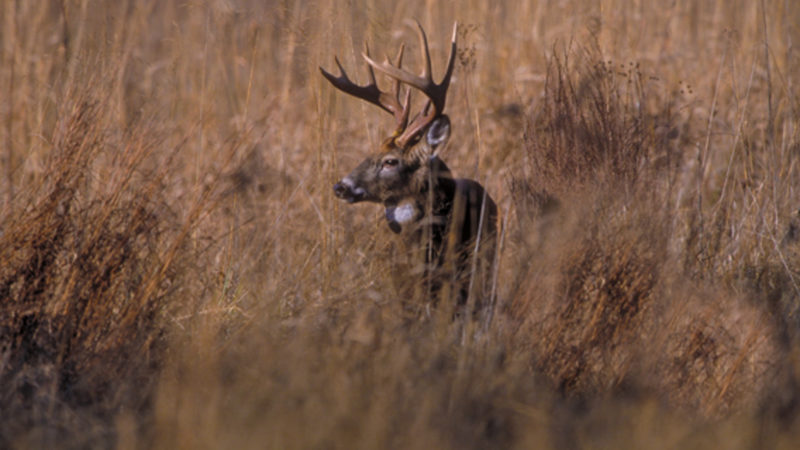
Because these are misfolded proteins, they cannot be broken down by the body like normal proteins. The prions become more concentrated and begin to degrade the nervous system. Generally, CWD is a slow killer. Oftentimes, it can take up to two years, sometimes longer, before animals start to show visible symptoms. Unfortunately, there is currently no known cure for CWD.
According to the USGS (https://www.usgs.gov/news/featured-story/chronic-wasting-disease-can-science-save-our-dear-deer), it is known to exist in wild cervids in the United States, Canada, South Korea, Norway, Finland, and Sweden. Trusted resources such as the Theodore Roosevelt Conservation Partnership (https://www.trcp.org/chronic-wasting-disease/), among many others, label CWD as the single greatest threat to wild cervids.
False CWD Perceptions
There are numerous false perceptions about CWD. Many hunters believe CWD doesn’t matter because it isn’t as visible as other diseases, such as epizootic hemorrhagic disease (EHD).
As stated, CWD is a slower killer. This disease takes a long time to kill an animal outright. Generally, it’s about two years after contraction that an animal shows outward symptoms, such as diminished body weight, neurological degradation, and erratic behavior. Because of this, few CWD-positive carcasses are discovered in the woods. Instead, because this disease greatly reduces the mental and physical capabilities of a cervid, positive animals are usually killed by hunters, predators, or vehicles long before the disease causes the draw of final breath.
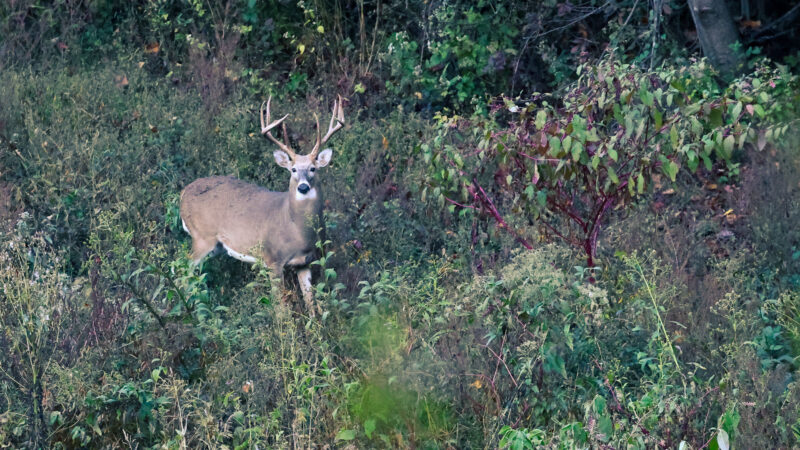
Furthermore, many hunters believe that CWD is no big deal because we still have so many deer in CWD areas. That isn’t true, though. In most areas, CWD prevalence rates are still very low and haven’t reached the necessary thresholds to have population-level impacts.
According to the National Deer Association (NDA) (https://deerassociation.com/the-most-common-questions-about-cwd-in-deer-and-ndas-answers/), rates need to reach approximately 30% before deer populations begin to decline as a result. While it takes a long time to reach those numbers, eventually it happens. The deer herds with the earliest introduction to CWD are already at that point, and the declines are well underway.
Reasons Hunters Should Care
While there are more reasons to care than can be stated in this allotted space, first and foremost is that CWD prions are real, and they are spreading at an alarming rate.
Recently, North Carolina detected CWD in 2022. Moriah Boggess is a deer biologist with the North Carolina Wildlife Resources Commission Wildlife Management Division. “We first detected CWD in Yadkin County, North Carolina,” he said.
There are many counties just like Yadkin that must deal with this deadly disease. Currently, the only silver lining is that there is no evidence it can spread to humans. Some studies have suggested that it’s possible, but complications exist with that research that make it potentially unreliable.
Despite the belief that it isn’t transmissible to humans, it only takes one positive result to change that. Because of this, authorities recommend handling deer carcasses with concern, and to not eat CWD-positive deer
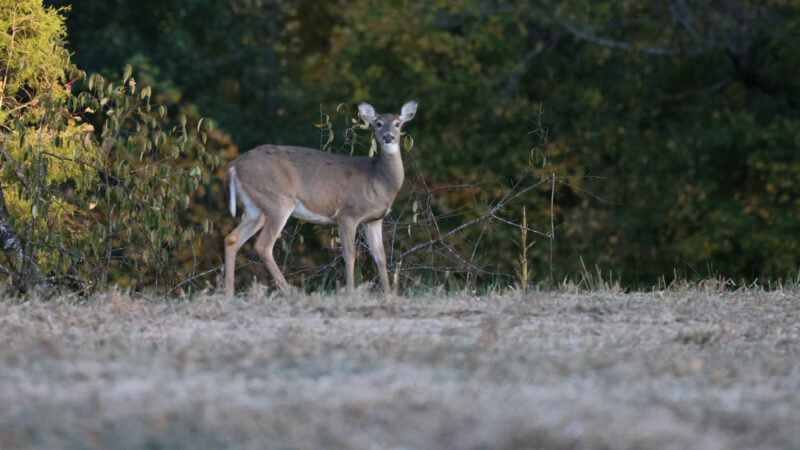
Until recently, there wasn’t a known way to disinfect CWD from processing tools and other surfaces. However, the NDA recently reported that proper use of common household bleach (Clorox) can neutralize the CWD prion.
The verified concern is CWD impacts on cervids, though. This disease can kill animals quickly, or slowly, but once contracted, it’s always fatal. Deer do not recover from it.
Of course, in addition to the above, a major reason hunters should care is so they can play their part in preventing the spread of CWD. Humans transmitting it to other places is a major concern.
For starters, follow your state agencies rules, regulations, and suggested guidelines on preventing and minimizing the spread of this disease. Understand the laws and rules in place for the areas that you hunt.
“Response varies by each state, but there are some key actions that have been taken nearly everywhere the disease has been detected,” Boggess said. “These include further restricting feeding/baiting deer, restricting the movement of carcass parts out of known infected areas, and sometimes mandatory testing requirements during certain parts of deer season.”
Secondly, don’t remove harvested deer from the properties they are taken on. Instead, keep all carcass parts on the property of origin. Or, discard carcass parts in a safe, designated manner approved by the state wildlife agency. Of course, never take complete carcasses, or unapproved deer parts (such as listed high-risk parts and organs), outside of CWD areas, or across state lines.
Also, most CWD-positive zones and states do not permit the use of attractants, bait, and in some cases, even deer urine products. Abiding by state and local regulations is important.
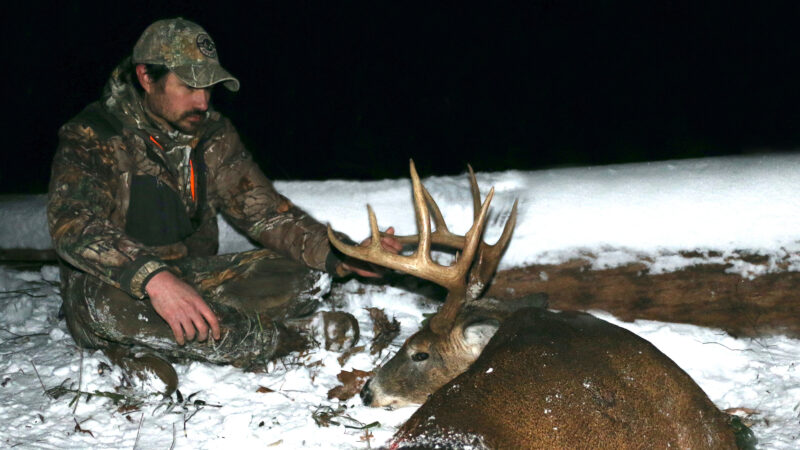
Furthermore, it is crucial to wear gloves when processing deer, have deer tested for CWD prior to consuming them, discard any CWD-positive deer meat, report visibly sick deer, etc. Plus, when processing deer, use a different knife for high-risk areas, such as around the head, neck, spine, lymph nodes, and internal organs. Never consume the brain, eyes, lymph nodes, spleen, tongue, tonsils, and other high-risk deer parts. And no, cooking does not kill the CWD prion. The NDA says it must be heated to 1,832 degrees Fahrenheit to be destroyed.
Outside of traditional hunting, it’s imperative to halt the movement of live cervids. This is virtually limited to the captive deer industry. Still, it needs to stop, and very well could be the primary reason CWD has spread to 30 states.
Fortunately, hunters are in fact showing up to do their part. At least in North Carolina, Boggess and company are finding most hunters to be supportive of the disease response. These things matter for the short- and long-term implications of the disease.
“It’s been very encouraging to see how well hunters show up when a challenge as big as CWD presents itself,” Boggess said. “Of course, no one wants CWD to be here, but hunters have still risen to the occasion to follow response measures in addressing the disease. The number of deer that hunters brought to us for testing throughout last season shows their willingness to contribute to CWD response.”
So, all the negativity begs the question: What does the future of CWD, and deer, look like? “There are many unknowns about the future of CWD,” Boggess said. “A lot of research is being done on genetic and vaccine solutions, but neither one of those currently present a solution for wild deer. If there are no breakthroughs in the CWD treatment arena, then we can only expect the disease to spread geographically and increase in prevalence everywhere it currently is. It’s our responsibility as hunters and wildlife managers to not give this disease a ride to new areas, which would only make the problem worse.”

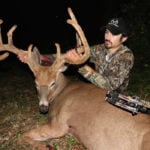 By
By 



